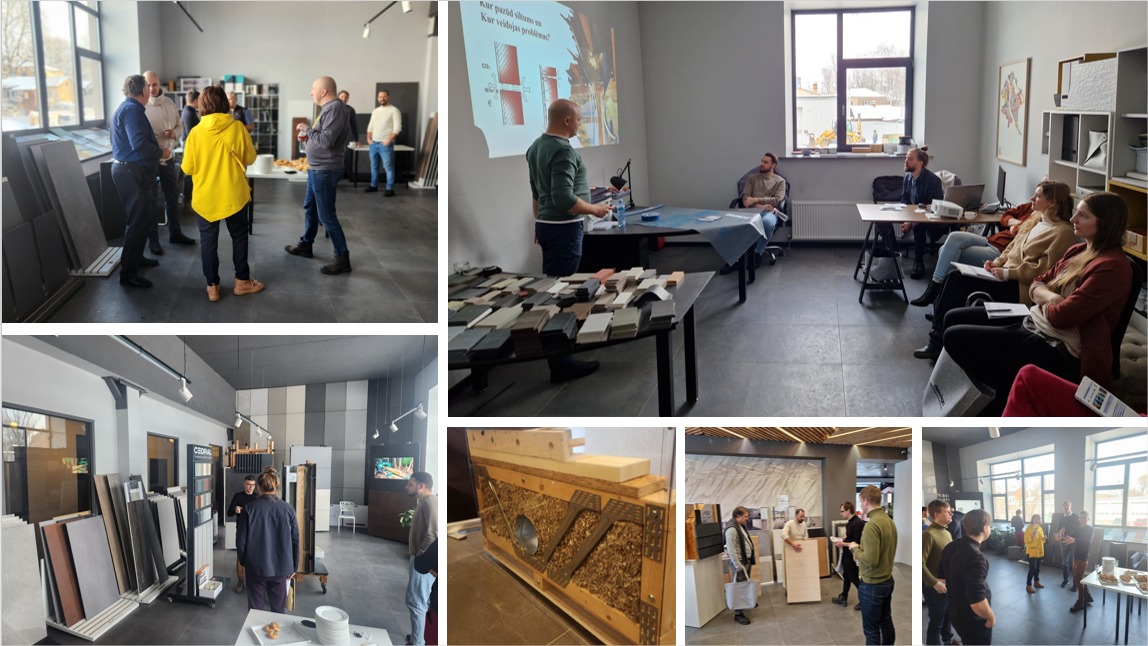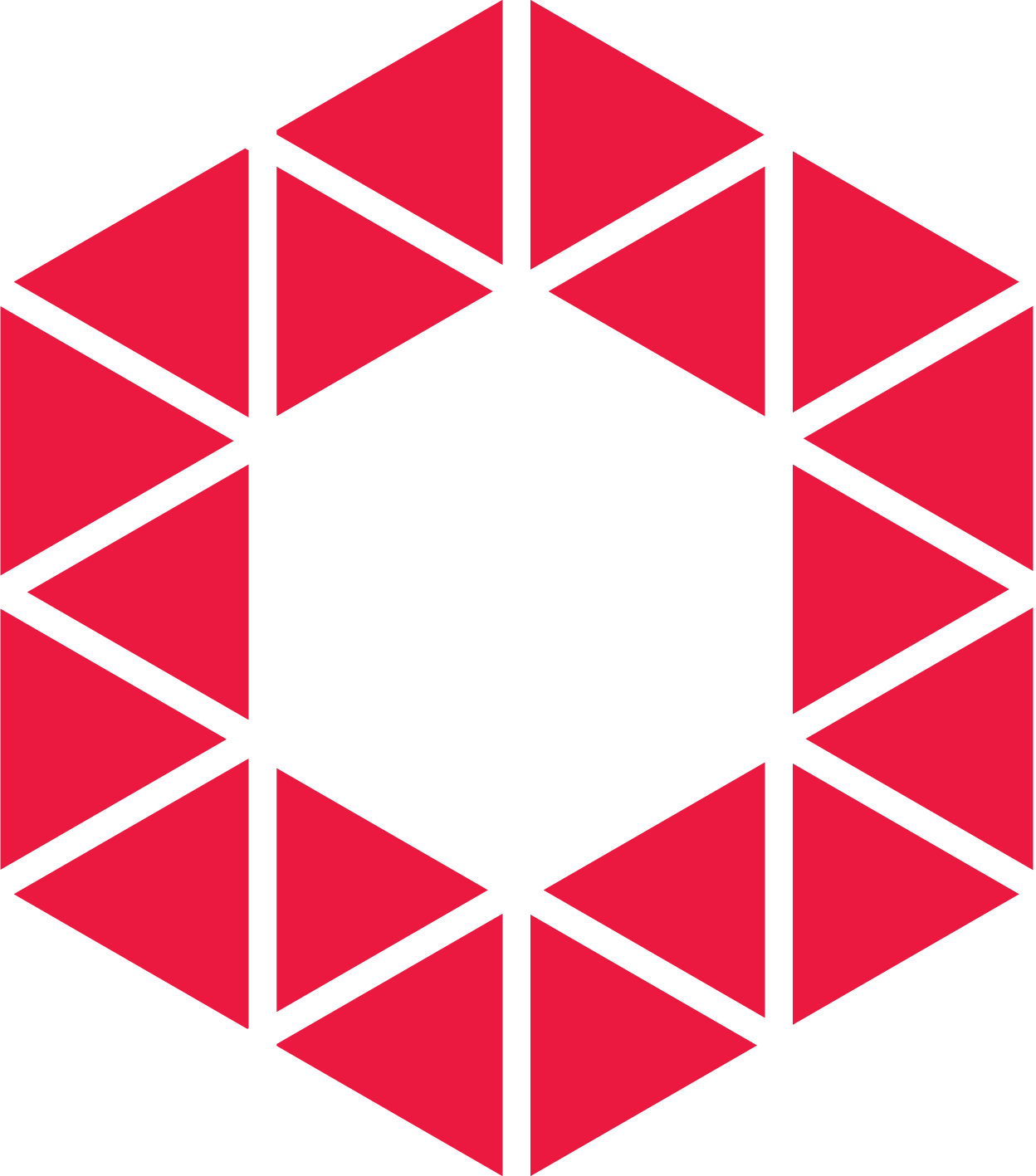Intars Dīcmanis, MiTek Baltics Director, shares his vision for the year ahead.
As we end the first quarter of 2025, we know the industry faces challenges, from economic pressures to evolving regulations. At MiTek, we want to support our customers and the market through these times by strengthening connections, sharing knowledge, and growing together.
Strengthening the industry through knowledge sharing
A key priority for us this year is expanding the knowledge base across the Baltic region.
We want to encourage the market to come together and work as one. And we can do that by ensuring knowledge flows freely between sectors and regions. For example, Lithuania has been successfully using longer spans in industrial and public buildings, whereas Estonia hasn’t yet widely adopted this approach. By bringing engineers and architects together across these markets, we can showcase what’s working and help them apply best practices in their own projects.
We’ve also seen a shift in materials and construction methods. The growing influence of CO₂ regulations is encouraging the industry to explore timber as a primary structural material. Bigger spans, more advanced connector technologies, and increasingly flexible design software are allowing engineers and architects to build smarter. The tools are there, the key now is ensuring people know how to use them effectively.
Investing in the next generation
One of our biggest ambitions for 2025 is to support the new talent that is coming into the industry and ensure they have the right skills from day one. Every year, fresh engineers and architects enter the workforce, and they need to be equipped with the latest knowledge. That’s why we’re continuing to invest in factory-based seminars, not just traditional presentations, but hands-on sessions where young professionals can see, touch, and test real trusses in a live construction setting.
These sessions aren’t just about us talking; they’re about having real conversations. When engineers come together and discuss challenges, the best solutions emerge. We’ve seen this firsthand in Lithuania, where at our last events, the most valuable insights came from engineers answering each other’s questions. That’s the environment we want to create, one where learning happens organically, through discussion and collaboration.

Driving innovation and building trust in timber
The new generation of engineers is particularly drawn to how technology is shaping timber construction. When they see how intuitive and flexible our design software is, how seamlessly PAMIR integrates with BIM, for example, it sparks real interest. It’s not just about using a tool; it’s about understanding the full process, from design to production.
This hands-on learning approach also helps address common misconceptions. Roof trusses, for example, are sometimes viewed with doubt. But when engineers see how stress testing works in our software, they gain confidence in what the technology can deliver. We’re also seeing growing recognition of the advantages of Posi-Joist: its flexibility, efficiency, and ability to integrate into different structural designs. More and more, timber and engineered wood products are becoming the go-to solutions for modern construction in the Baltics.
Creating a collaborative industry ecosystem
For me, one of the most exciting aspects of this year is the way industry players are coming together. Healthy competition is important, but real industry growth happens when competitors work together to raise overall standards. As an industry we should be driving this objective. We should all be encouraging each other to ‘get in the same room’; to share ideas, to inspire and to innovate.
An example of this in practice is the upcoming event in Riga at the end of March. We’ll be there alongside companies like Simpson Strong-Tie, Cedral, and SIA Būvē Gudri, demonstrating how different technologies and products can complement each other. Visitors will see how solutions like PAMIR don’t just support trusses and Posi-Joists, but also enable more advanced ventilation systems and modern construction methods.
This is what will define 2025: knowledge flowing across borders, across generations, and across companies.
If we can create an industry where learning is open and continuous, we won’t just be growing individual businesses, we’ll be strengthening the entire market. And to me, that’s the real measure of success.
Follow us on LinkedIn to hear about our latest events.
